- Great Learning
- Free Courses
- Data Science
Earn a certificate & get recognized
Introduction to Pandas 2.0
Explore Introduction to Pandas 2.0—uncover its role in data analysis, features, upgrades, DataFrame creation, copy-on-write optimization, and handling missing values. Elevate your skills! Enrol for free now.
Introduction to Pandas 2.0
1.4K+ learners enrolled so far
Stand out with an industry-recognized certificate
10,000+ certificates claimed, get yours today!
Get noticed by top recruiters
Share on professional channels
Globally recognised
Land your dream job

Skills you will gain
Pandas 2.0
Key Highlights
Get free course content
Master in-demand skills & tools
Test your skills with quizzes
About this course
Introduction to Pandas 2.0 is a free course providing essential insights into the latest advancements in data analysis. Explore the pivotal role of Pandas 2.0 and delve into its upgraded features. Learn the seamless process of transitioning to version 2.0 and master the creation of powerful DataFrames.
In the second part of the course, we'll focus on copy-on-write optimization techniques, enhancing your data manipulation efficiency. Additionally, discover the art of precisely handling missing values using Pandas 2.0. Elevate your skills and stay at the forefront of data analysis with this dynamic and informative course.
Course outline
Introduction to Pandas 2.0
In this module, we have covered that Pandas 2.0 is a major release of the popular data analysis library for Python. It includes several new features and improvements that make it an even more powerful tool for data scientists and analysts.
Role of Pandas 2.0 in Data Analysis
In this module, we have covered the roles of Pandas 2.0 in data analysis, such as Data cleaning and preparation, Data exploration and analysis, and Data modelling.
Features of Pandas 2.0
In this module, we have explored the capabilities and applications of Pandas 2.0, including its support for nullable data types and enhancements in performance and memory efficiency.
Upgrade to Pandas 2.0
In this module, we have covered how to upgrade Pandas 1.0 to Pandas 2.0 by explaining the relevant code.
Creating a DataFrame using Pandas 2.0
This module included practical exercises for creating DataFrames using both Pandas 1.0 and Pandas 2.0, enabling us to comprehend the distinctions between these two versions.
Copy-on-write Optimization using Pandas 2.0
In this module, we have covered the hands-on to understand one of the features of Pandas 2.0 which is copy-on-write optimization.
Dropping the Missing Values using Pandas 2.0
In this module, practical exercises were conducted to demonstrate how to remove missing values from a data frame using both Pandas 1.0 and Pandas 2.0, providing insights into the differences between these versions.
Get access to the complete curriculum once you enroll in the course
Stand out with an industry-recognized certificate
10,000+ certificates claimed, get yours today!
Get noticed by top recruiters
Share on professional channels
Globally recognised
Land your dream job

Introduction to Pandas 2.0

1.5 Hours
Beginner
1.4K+ learners enrolled so far
Get free course content
Master in-demand skills & tools
Test your skills with quizzes
Refer and earn
Get learning discounts up to $20
Learner reviews of the Free Courses
Frequently Asked Questions
Will I receive a certificate upon completing this free course?
Is this course free?
What prerequisites are required to enrol in this Free Introduction to Pandas 2.0 course?
You do not need any prior knowledge to enrol in this Introduction to Pandas 2.0 course.
How long does it take to complete this Free Introduction to Pandas 2.0 course?
It is a 1.0 hour long course, but it is self-paced. Once you enrol, you can take your own time to complete the course.
Will I have lifetime access to the free course?
Yes, once you enrol in the course, you will have lifetime access to any of the Great Learning Academy’s free courses. You can log in and learn whenever you want to.
Will I get a certificate after completing this Free Introduction to Pandas 2.0 course?
Yes, you will get a certificate of completion after completing all the modules and cracking the assessment.
How much does this Introduction to Pandas 2.0 course cost?
It is an entirely free course from Great Learning Academy.
Is there any limit on how many times I can take this free course?
No. There is no limit. Once you enrol in the Free Introduction to Pandas 2.0 course, you have lifetime access to it. So, you can log in anytime and learn it for free online.
Who is eligible to take this Free Introduction to Pandas 2.0 course?
You need to know the basics of python to learn this course.
Become a Skilled Professional with Pro Courses
Gain work-ready skills with guided projects, top faculty and AI tools, all at an affordable price.


View Course

Included with Pro+ Subscription

View Course

Included with Pro+ Subscription
.jpg)
View Course

Included with Pro+ Subscription


View Course

Included with Pro+ Subscription


View Course

Included with Pro+ Subscription

View Course

Included with Pro+ Subscription

View Course

Included with Pro+ Subscription

View Course

Included with Pro+ Subscription




View Course

Included with Pro+ Subscription

View Course

Included with Pro+ Subscription

View Course

Included with Pro+ Subscription
.jpg)
View Course

Included with Pro+ Subscription

View Course

Included with Pro+ Subscription

View Course

Included with Pro+ Subscription


View Course

Included with Pro+ Subscription


View Course

Included with Pro+ Subscription
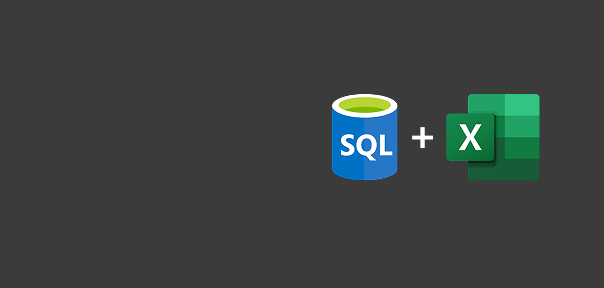

View Course

Included with Pro+ Subscription


View Course

Included with Pro+ Subscription


View Course

Included with Pro+ Subscription
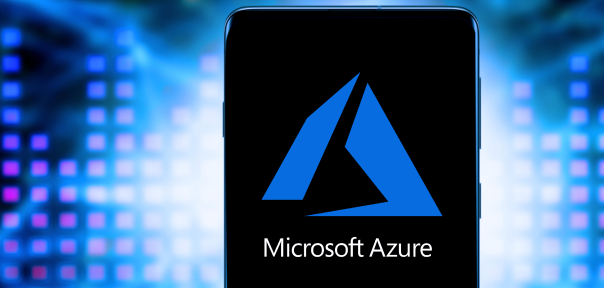



View Course

Included with Pro+ Subscription
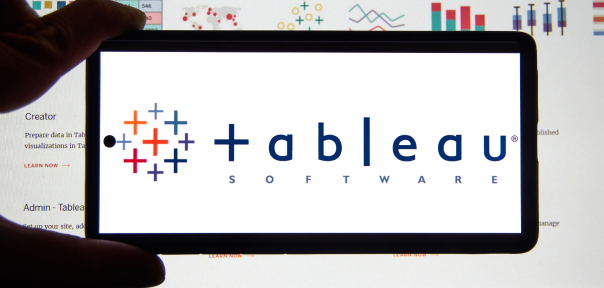
View Course

Included with Pro+ Subscription
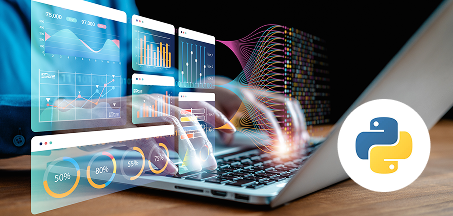
View Course

Included with Pro+ Subscription

View Course

Included with Pro+ Subscription

View Course

Included with Pro+ Subscription
.png)
View Course

Included with Pro+ Subscription
.jpg)
View Course

Included with Pro+ Subscription

View Course

Included with Pro+ Subscription
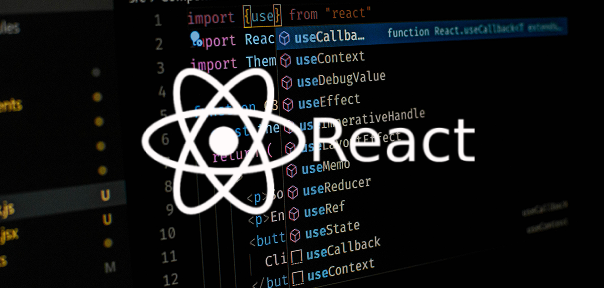
View Course

Included with Pro+ Subscription
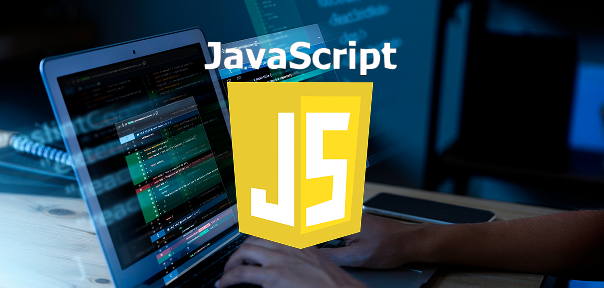
View Course

Included with Pro+ Subscription
.png)
View Course

Included with Pro+ Subscription
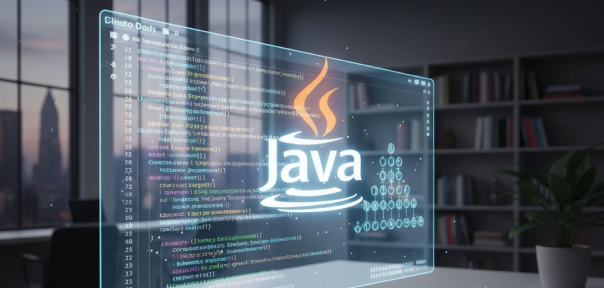
View Course

Included with Pro+ Subscription

View Course

Included with Pro+ Subscription

View Course

Included with Pro+ Subscription


View Course

Included with Pro+ Subscription

View Course

Included with Pro+ Subscription

View Course

Included with Pro+ Subscription
.png)
View Course

Included with Pro+ Subscription
.jpg)
View Course

Included with Pro+ Subscription
.jpeg)
View Course

Included with Pro+ Subscription
.jpg)
View Course

Included with Pro+ Subscription
.jpg)
View Course

Included with Pro+ Subscription
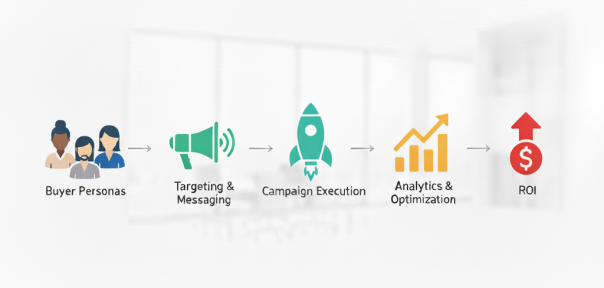
View Course

Included with Pro+ Subscription

View Course

Included with Pro+ Subscription
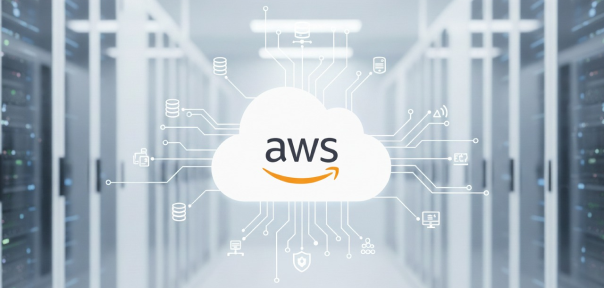

View Course

Included with Pro+ Subscription
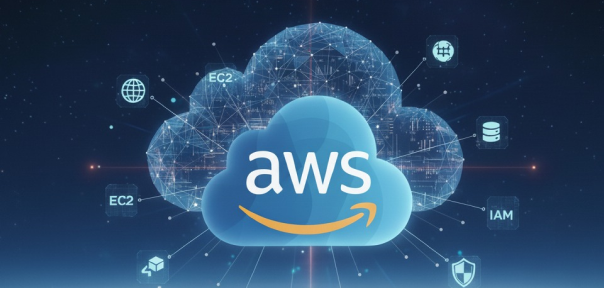

View Course

Included with Pro+ Subscription


View Course

Included with Pro+ Subscription
.png)
View Course

Included with Pro+ Subscription



.png)

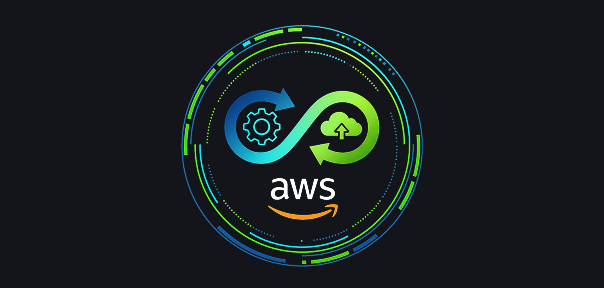
View Course

Included with Pro+ Subscription
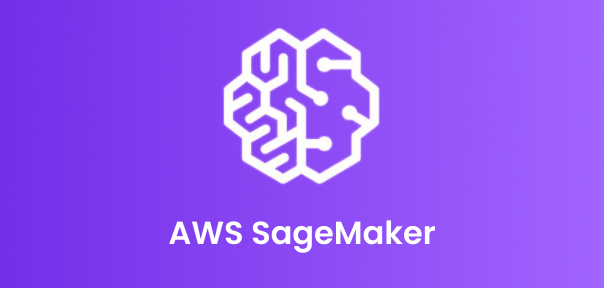

View Course

Included with Pro+ Subscription

View Course

Included with Pro+ Subscription

View Course

Included with Pro+ Subscription
.png)
View Course

Included with Pro+ Subscription
.png)
View Course

Included with Pro+ Subscription
.png)
View Course

Included with Pro+ Subscription
Popular


View Course

Included with Pro+ Subscription

View Course

Included with Pro+ Subscription
.jpg)
View Course

Included with Pro+ Subscription


View Course

Included with Pro+ Subscription


View Course

Included with Pro+ Subscription

View Course

Included with Pro+ Subscription

View Course

Included with Pro+ Subscription

View Course

Included with Pro+ Subscription
AI & Generative AI




View Course

Included with Pro+ Subscription

View Course

Included with Pro+ Subscription

View Course

Included with Pro+ Subscription
.jpg)
View Course

Included with Pro+ Subscription

View Course

Included with Pro+ Subscription

View Course

Included with Pro+ Subscription
Microsoft Courses


View Course

Included with Pro+ Subscription


View Course

Included with Pro+ Subscription


View Course

Included with Pro+ Subscription


View Course

Included with Pro+ Subscription


View Course

Included with Pro+ Subscription


Data Science & ML


View Course

Included with Pro+ Subscription

View Course

Included with Pro+ Subscription

View Course

Included with Pro+ Subscription

View Course

Included with Pro+ Subscription

View Course

Included with Pro+ Subscription
.png)
View Course

Included with Pro+ Subscription
IT & Software
.jpg)
View Course

Included with Pro+ Subscription

View Course

Included with Pro+ Subscription

View Course

Included with Pro+ Subscription

View Course

Included with Pro+ Subscription
.png)
View Course

Included with Pro+ Subscription

View Course

Included with Pro+ Subscription

View Course

Included with Pro+ Subscription

View Course

Included with Pro+ Subscription


View Course

Included with Pro+ Subscription
 (1).png)
View Course

Included with Pro+ Subscription


View Course

Included with Pro+ Subscription

View Course

Included with Pro+ Subscription


View Course

Included with Pro+ Subscription

View Course

Included with Pro+ Subscription
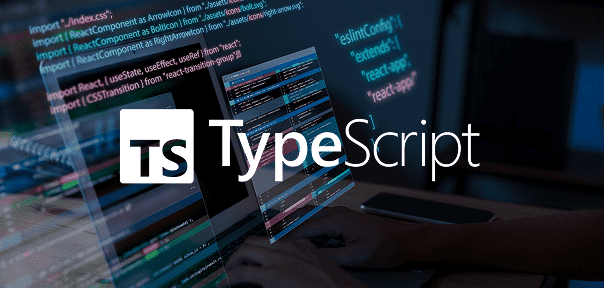
View Course

Included with Pro+ Subscription
.png)
View Course

Included with Pro+ Subscription
.png)
View Course

Included with Pro+ Subscription

View Course

Included with Pro+ Subscription

View Course

Included with Pro+ Subscription

View Course

Included with Pro+ Subscription

View Course

Included with Pro+ Subscription

View Course

Included with Pro+ Subscription
Management

View Course

Included with Pro+ Subscription

View Course

Included with Pro+ Subscription
.png)
View Course

Included with Pro+ Subscription
.jpg)
View Course

Included with Pro+ Subscription
.jpeg)
View Course

Included with Pro+ Subscription
.jpg)
View Course

Included with Pro+ Subscription
.jpg)
View Course

Included with Pro+ Subscription

View Course

Included with Pro+ Subscription

View Course

Included with Pro+ Subscription
.png)
View Course

Included with Pro+ Subscription
.png)
View Course

Included with Pro+ Subscription
.png)
View Course

Included with Pro+ Subscription
.png)
View Course

Included with Pro+ Subscription
.png)
View Course

Included with Pro+ Subscription
 (1).jpg)
View Course

Included with Pro+ Subscription

View Course

Included with Pro+ Subscription
Cloud Computing


View Course

Included with Pro+ Subscription


View Course

Included with Pro+ Subscription


View Course

Included with Pro+ Subscription
.png)
View Course

Included with Pro+ Subscription



.png)


View Course

Included with Pro+ Subscription


View Course

Included with Pro+ Subscription
.png)

View Course

Included with Pro+ Subscription
.jpg)

.jpg)

.png)

View Course

Included with Pro+ Subscription


Cyber Security

View Course

Included with Pro+ Subscription

View Course

Included with Pro+ Subscription
.png)
View Course

Included with Pro+ Subscription
.png)
View Course

Included with Pro+ Subscription
.png)
View Course

Included with Pro+ Subscription
Subscribe to Academy Pro+ & get exclusive features
$25/month
No credit card required

Learn from 40+ Pro courses
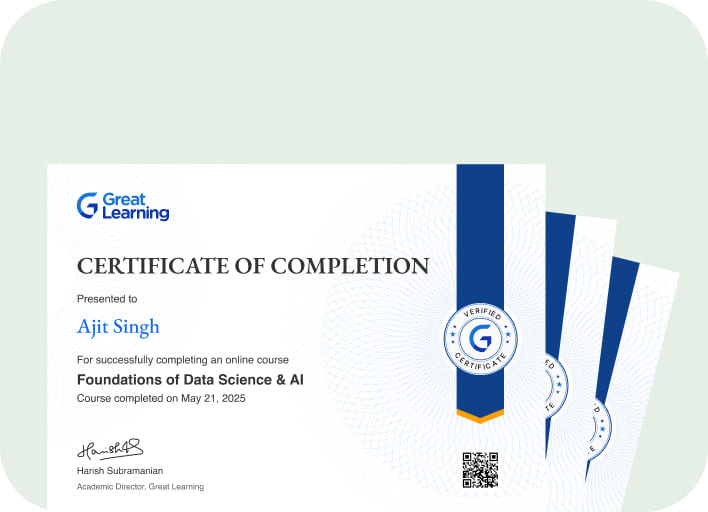
Access 500+ certificates for free
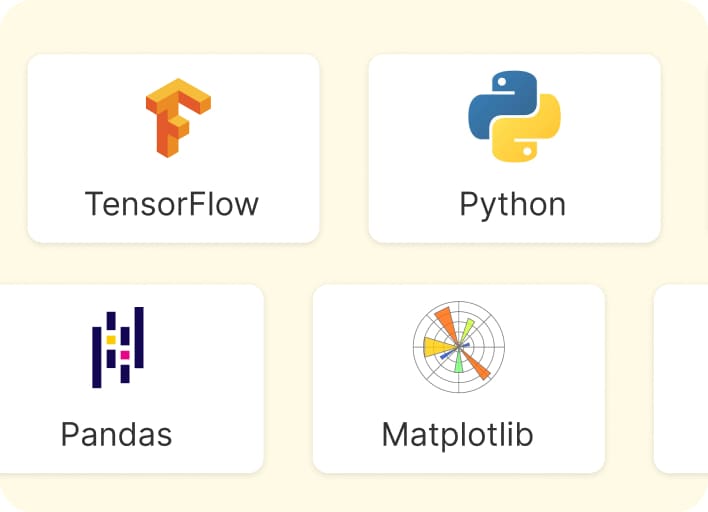
700+ Practice exercises & guided projects
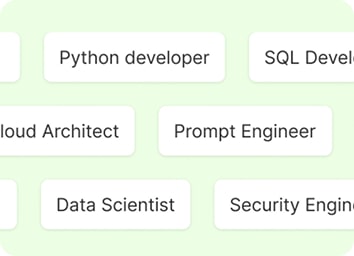
Prep with AI mock interviews & resume builder
Recommended Free Software courses

.jpg)


Similar courses you might like




Related Data Science Courses
-
Personalized Recommendations
Placement assistance
Personalized mentorship
Detailed curriculum
Learn from world-class faculties
50% Average salary hike -


12 weeks · Online
Know More
-


MIT Professional Education
Applied AI and Data Science Program14 Weeks · Live Online · Weekdays & Weekend
Know More
-


Deakin University
Master of Data Science (Global) Program24 Months · Online
Top 1% UniversityKnow More
Relevant Career Paths >
Introduction to Pandas 2.0
Pandas 2.0 marks a significant milestone in the realm of data analysis, introducing a host of new features and optimizations that empower users to manipulate and analyze data with even greater efficiency and flexibility. This latest version builds upon the success of its predecessor, Pandas 1.x, and addresses key user needs, making it a must-have tool for data scientists, analysts, and researchers.
Introduction to Pandas 2.0:
Pandas 2.0 welcomes users with an intuitive and powerful interface, facilitating seamless data manipulation. From handling massive datasets to executing complex analyses, Pandas 2.0 continues to be an open-source library that excels in providing data structures and functions necessary for efficient data manipulation and analysis. The upgrade offers improved performance, making it an ideal choice for both beginners and seasoned professionals in the data science domain.
Role of Pandas 2.0 in Data Analysis:
Pandas 2.0 solidifies its role as a cornerstone in data analysis by offering a comprehensive suite of tools for working with structured data. Whether dealing with spreadsheets, databases, or CSV files, Pandas 2.0 simplifies the data cleaning and transformation processes. Its versatility in handling diverse data types and formats positions it as the go-to library for data scientists seeking robust solutions for their analytical workflows. The seamless integration with other popular Python libraries, such as NumPy and Matplotlib, further enhances its utility in creating end-to-end data analysis pipelines.
Features of Pandas 2.0:
Pandas 2.0 introduces several notable features that elevate the library to new heights. One key enhancement is the introduction of advanced data manipulation functions, enabling users to perform complex operations with ease. The library now supports more file formats, facilitating smoother data ingestion. Additionally, Pandas 2.0 incorporates enhanced plotting capabilities, empowering users to create visually appealing and informative visualizations directly within the Pandas framework.
Upgrade to Pandas 2.0:
Upgrading to Pandas 2.0 is a straightforward process that unlocks a plethora of benefits. Users transitioning from earlier versions will immediately notice improved performance and efficiency in their data workflows. The upgraded library is designed to handle larger datasets more gracefully, making it an ideal choice for projects with evolving data requirements. The Pandas development community actively supports the migration process, ensuring a smooth transition for users looking to leverage the latest features and optimizations.
Creating a DataFrame using Pandas 2.0:
One of the foundational concepts in Pandas is the DataFrame, a two-dimensional, tabular data structure. Pandas 2.0 enhances DataFrame creation with additional functionalities, allowing users to import data from various sources seamlessly. Whether it's reading data from databases, CSV files, or Excel spreadsheets, Pandas 2.0 simplifies the process, providing a unified interface for data manipulation.
Copy-on-write Optimization using Pandas 2.0:
Pandas 2.0 introduces advanced copy-on-write optimization techniques that significantly enhance the library's efficiency. This optimization strategy minimizes unnecessary copying of data, reducing memory consumption and speeding up operations. Users can now perform complex manipulations on large datasets more efficiently, thanks to the optimized memory management implemented in Pandas 2.0.
Dropping the Missing Values using Pandas 2.0:
Handling missing data is a common challenge in data analysis, and Pandas 2.0 equips users with powerful tools for addressing this issue. The library offers enhanced methods for dropping missing values, allowing for precise control over data cleaning processes. With Pandas 2.0, users can ensure that their analyses are based on complete and accurate datasets, contributing to more reliable and insightful results.
In conclusion, Pandas 2.0 stands as a testament to the continuous evolution of open-source tools in the data science community. With its robust features, seamless upgrades, and optimized performance, Pandas 2.0 is a valuable asset for anyone involved in data analysis. Whether you're a seasoned data scientist or just starting your journey in the field, embracing Pandas 2.0 opens up a world of possibilities for efficient and insightful data manipulation and analysis.













